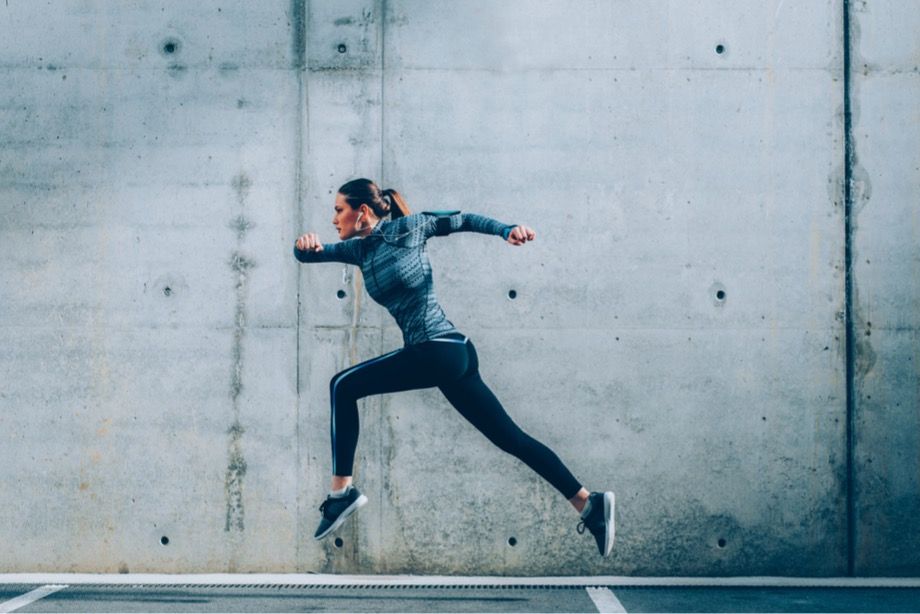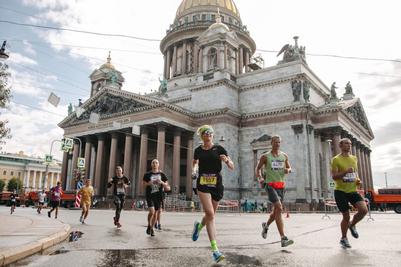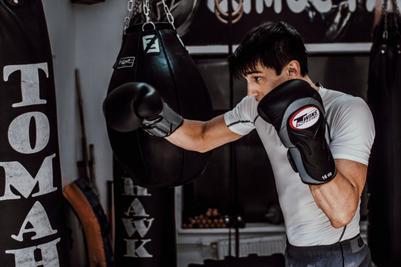Each of them not only brings you closer to increasing speed, but also makes your muscles stronger.

Alexander Elkonin
ultramarathoner, founder and coach of the ERA running club
How to increase the running speed correctly? What exercises should I do?
Almost everyone who started running soon (or even from the very first training sessions) wants to run faster, and even faster, and very many people do not succeed. Why? Because running, like many other motor skills, is normally formed and developed in childhood, between the ages of three and 15, it is a common way of moving in games and everyday life. Let's admit it — almost none of the people living a civilized life in big cities run like that. People start running in adulthood, and even if running was somehow present in childhood and adolescence, 10-15-20 years of break bring old skills to naught.
Running speed is at the last place on the list of priorities for a beginner runner. Nevertheless, after some time (everyone has their own), fast running just asks for training.
How to develop running speed correctly
Modern amateur running movement all over the world, and in Russia too, is mainly focused on long (5-10 km) and ultra—long (half marathon — 21.1 km and marathon - 42.2 km) distances. Medium and even shorter ones rarely run. If it is enough to gradually increase the amount of running (no more than 10% per week) to improve the result at the half marathon and marathon at first, increasing the speed at a five-kilometer distance usually requires special training.
Special running exercises
It makes sense to start working on speed by improving your running technique. Optimal technology allows you to achieve maximum efficiency, so that as much energy as possible is spent on moving forward, and also ensures safety and reduces the risk of injury. The technique develops in special running exercises. At first, these exercises also help to develop muscle strength, and each workout requires 2-3 days of recovery. In the future, these exercises become part of the warm-up, which can be done before each running workout. Most of them are familiar to us from school days.
What kind of exercises are these:
- Running with an overflowing shin. When performing the exercise, try to reach the buttocks with your heels. Do the exercise at a fast pace and try to land on the front of the foot. The body is slightly tilted forward, do not forget to work with your hands.
- Running with a high hip lift. When jumping, try to raise your hip to parallel with the floor. Do not tilt the body anywhere, keep your back straight, and pull the foot towards you. Do not forget to work with your hands.
- Running sideways with a side step. Put your working leg sideways, transfer your body weight to it and make a jump by putting the other leg. Move your hands to help yourself jump.
- Multi-jumps. This exercise is a powerful jumping forward from one foot to the other. When pushing off the ground, fully straighten the thrust leg, bend the flywheel at the knee and take it out in front of you. Help yourself with your hands to keep your balance.
- Running on straight legs. Here, the main task will be to actively and quickly take out the flywheel leg in front of you and also quickly change it to another, moving forward. Do not bend your knees, do not bend the body back much and do not forget to work with your hands.
- Mincing running. Light, short and fast running steps. Bend your knees a little, transfer the weight to the front of your feet. Start moving forward quickly in short steps – about half a stop. Work with your hands as with normal running, do not strain them.

Interval training
Their meaning is that after the warm-up, the athlete runs a short segment (or a short period of time) quickly, then rests for a while, runs the same segment quickly again, rests again, and so on. The length of the segment, the number of repetitions, the intensity of the load and the rest time are the four main parameters that allow you to adjust the training according to the characteristics of the athlete and the goals of the training process. The general rule is: "The shorter the competitive distance, the shorter the intervals", then shamanism and alchemy begin, there is no single list of recipes. Usually, work on speed begins with very short (30-100 m) segments, this is a distance that almost everyone can run quickly without significant fatigue, without breaking equipment and without suffocating in exhaustion at the end.
As a rule, speed training is made relevant when a runner has sports goals — to improve the time at a distance, to take the best place in the protocol. By this time, either the athlete manages to gain the necessary knowledge on his own, or finds a source of answers to his questions in his running environment, or entrusts the solution of the problem to the coach.
In any case, for anyone who wants to run faster, the most important thing is to remember that running workouts without pleasure is a sure road to injury, exhaustion and demotivation. Running should bring joy, then it will be fast and pleasant.
Source: championat
Follow us on в Telegram


















